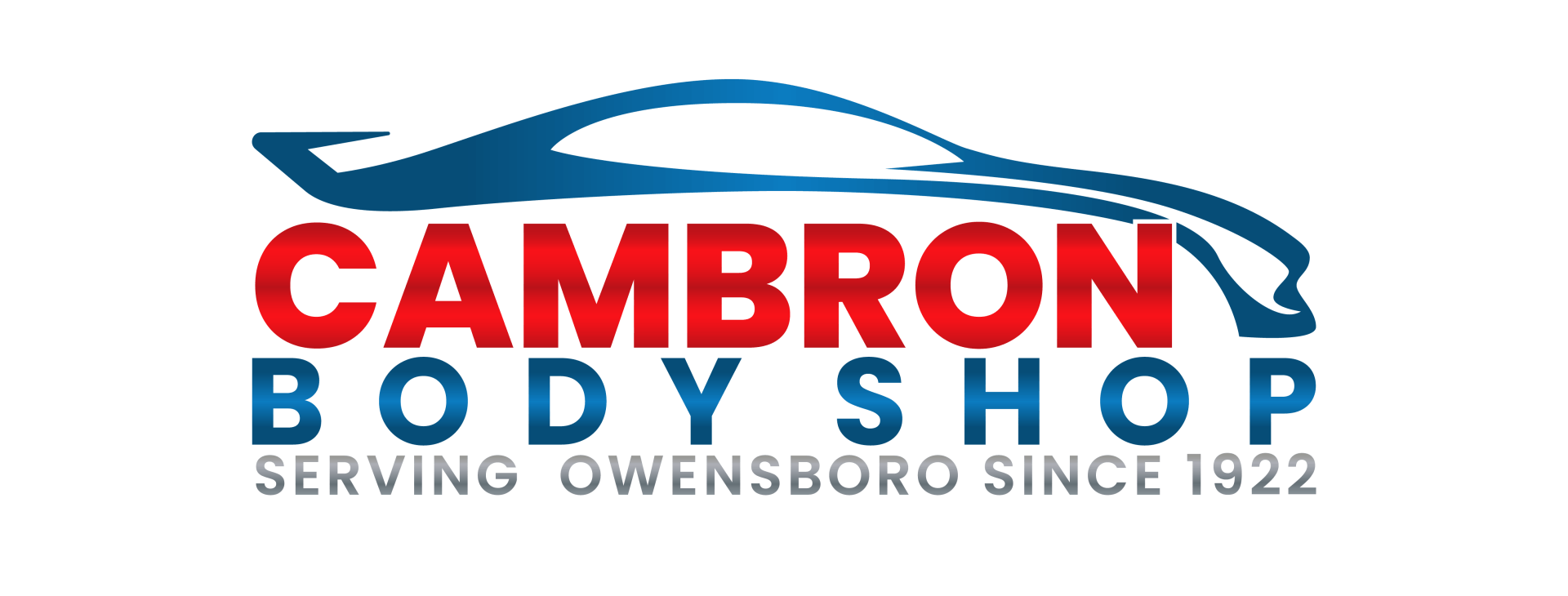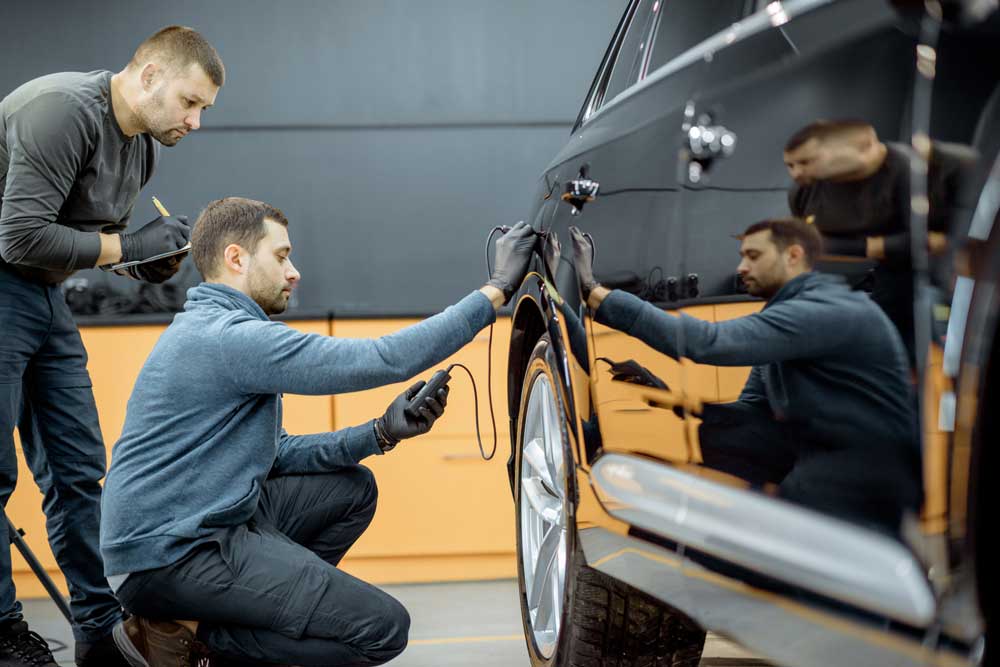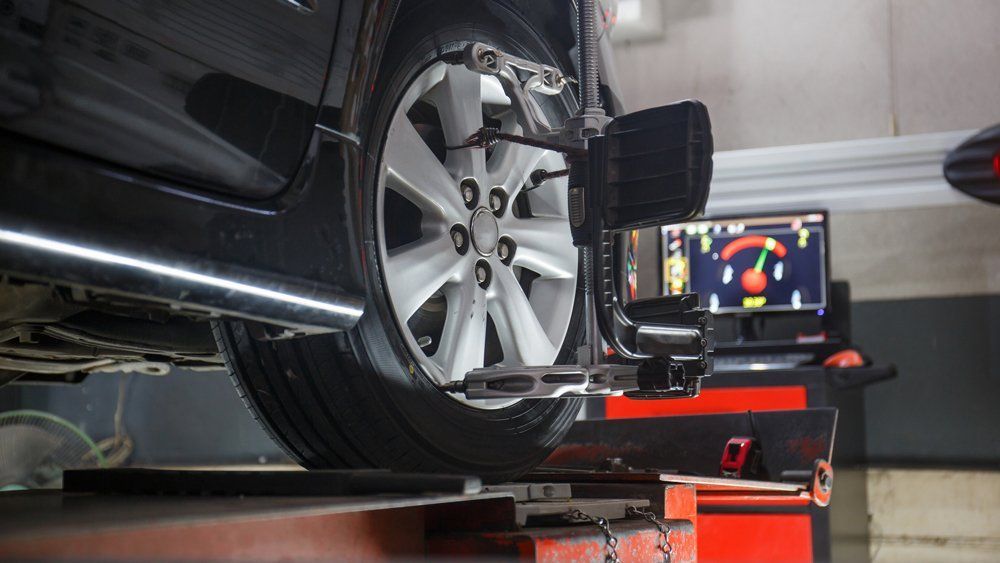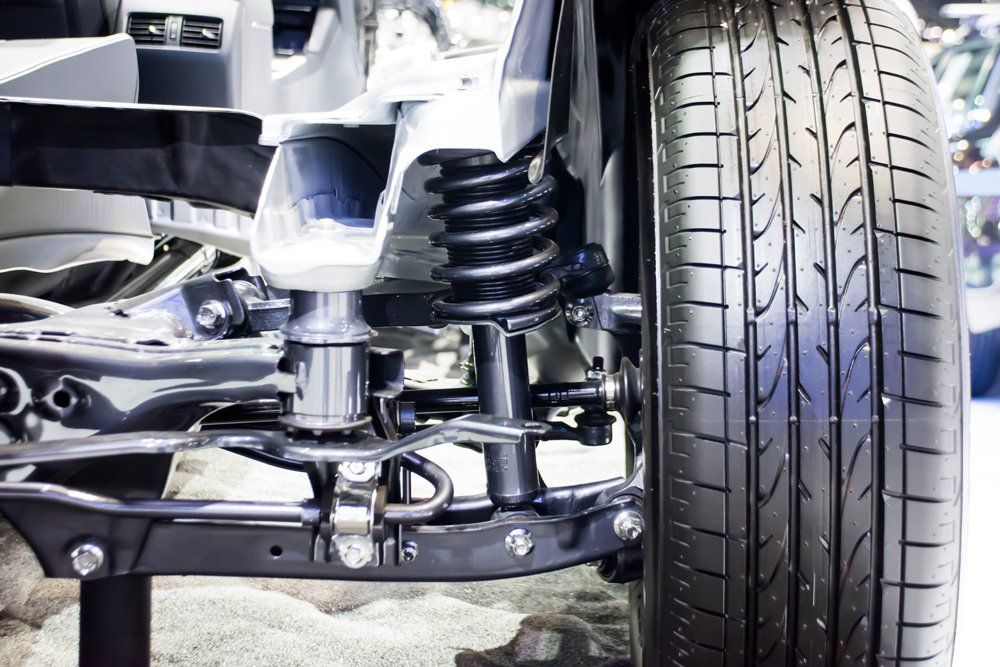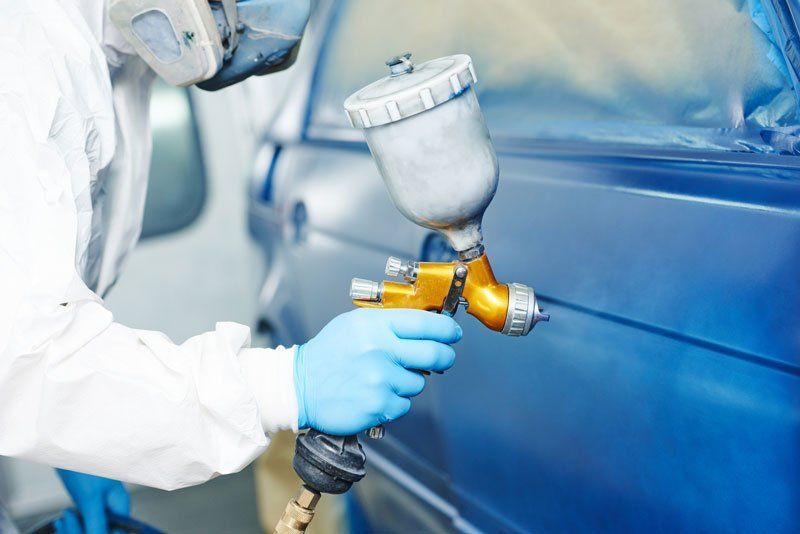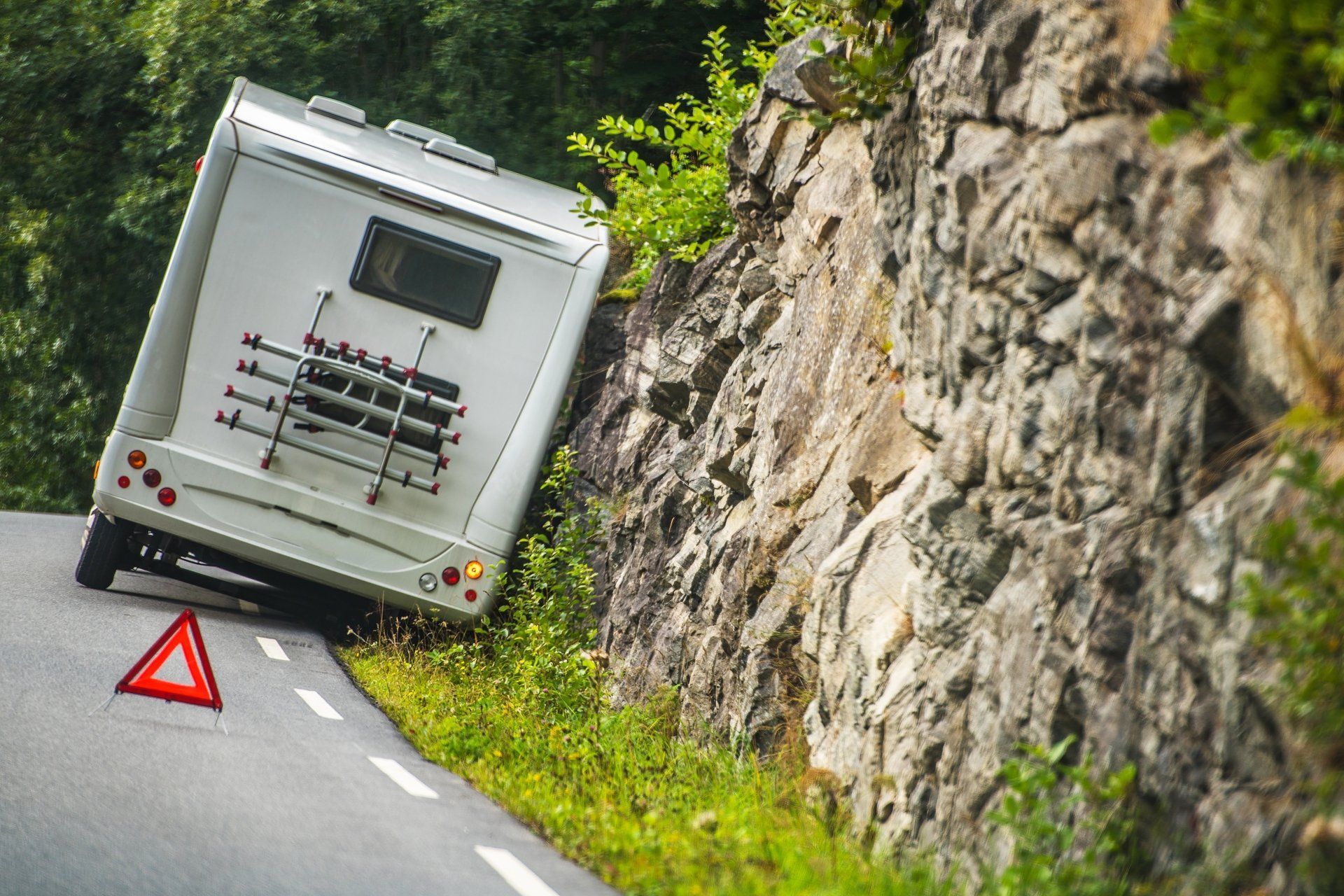WATCH OUT FOR THESE 3 RV FIBERGLASS PROBLEMS
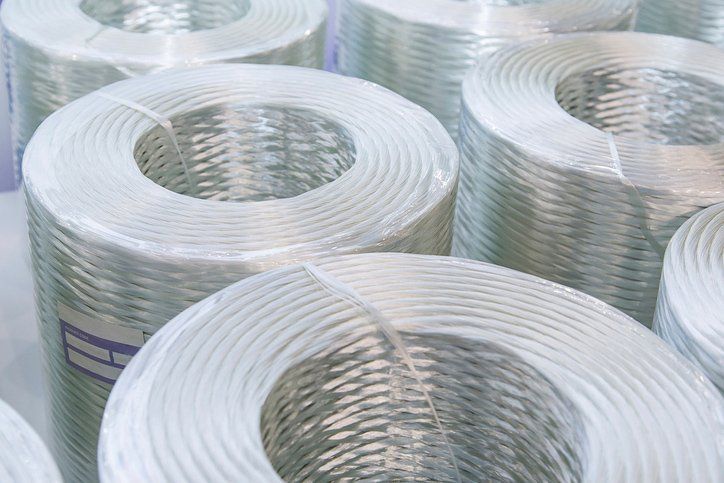
RVs currently grace the driveways of millions of American households, with even more households looking to add an RV to their lifestyle. However, these popular vehicles can pose certain challenges to owners who wish to keep them in optimal condition. One potential trouble point involves the fiberglass often in RV exteriors.
If you have recently purchased a fiberglass-body RV, or you plan to do so in the future, you should understand what problems this material can develop, as well as how to combat or even prevent them. Discover three common RV fiberglass problems to watch out for.
1. Gel Coat Oxidation
Fiberglass RV panels receive an outer layer of a substance known as a gel coat. This liquid resin forms a hard protective polymer once it goes through a curing process, protecting the fiberglass underneath from weather damage and abrasions. Unfortunately, the gel coat can suffer its own hardships, notably oxidation.
Oxidation occurs when oxygen or ultraviolet (UV) radiation reacts with other substances, such as the reddish discoloration and metal damage associated with rust. Over time, exposure to wind, moisture, and UV rays can dull the finish and fade the color of the RV fiberglass gel coat.
You can minimize gel coat oxidation simply by garaging your RV or covering it with a form-fitting tarp between road trips. Some gel coat oxidation responds to rubbing or buffing, but severe cases may require a time-consuming wet sanding process. Eroded fiberglass may need recoating or repainting.
2. Delamination
If the normally smooth sides of your fiberglass RV take on a puffy, dented, or wavy appearance, then the outer layer of fiberglass may have separated from the underlying structures. Auto body technicians refer to this problem as delamination.
A typical fiberglass RV body panel includes three layers of materials, with fiberglass interior and exterior layers sandwiching an inner section composed of Styrofoam and wood. If these layers pull away from each other for any reason, air and water may collect between them, encouraging deformation and ever-worsening damage.
Check and reseal the seams on your RV's fiberglass body periodically to prevent air and moisture from invading. This preventative maintenance can spare you a lot of trouble and expense later. If you see obvious problem areas or hear a hollow sound when you tape on them, you need to schedule repairs.
Prior to re-laminating your RV's body panels, your auto body technician will need to pull the outer layer off to check for water. Trapped moisture can foster mold growth, potentially causing health problems for your occupants even as the water destroys the panels' structural integrity.
3. Thermal Checking
UV rays can do more than just dull the finish on your fiberglass RV's gel coat; they can also cause a problem known as thermal checking. In thermal checking, extensive UV exposure can penetrate the gel coat to break down the fiberglass itself, causing cracks to form.
Early stage thermal checking may only create unsightly cosmetic disfigurement in the fiberglass. However, if the cracks go all the way through the outer fiberglass layer, they can let moisture into the wood and Styrofoam middle layers. This breach can lead to delamination unless you fix it as soon as possible.
The least invasive fix for thermal checking involves removing and reglazing only the damaged parts of the fiberglass. Your auto body technician may recommend this approach over a full fiberglass layer replacement (which can damage the middle layers of the structure), depending on the severity of the problem.
Trust your RV's exterior to Cambron Body Shop for everything from regular maintenance and cleanings to extensive fiberglass repair or replacement. Contact us today to tell us what kind of assistance you need.
